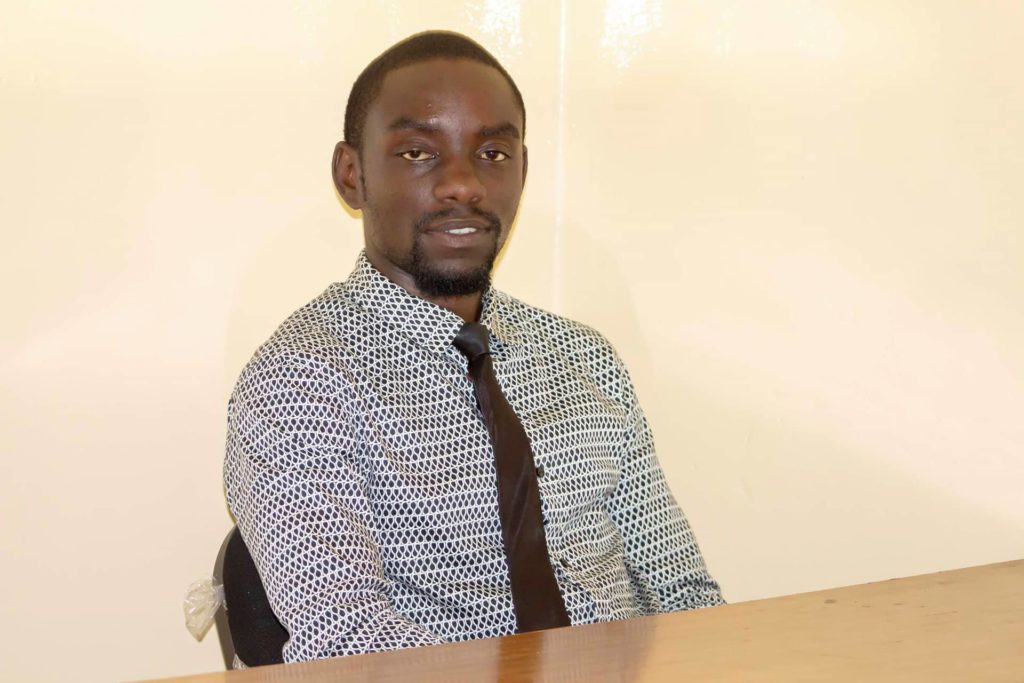Energy from Waste Plant in Mzuzu
Alt Title: WHY WE NEED A WASTE TO ENERGY POWER PLANT IN MALAWI
In 1870s electricity was on many people’s minds. It was used for magic tricks by creating sparks and shocks. In the West, one of the people who was captivated by electricity was Benjamin Franklin. He wanted to know more about electricity; he ended up noting similarities between the two lighting and electricity. In fact he showed that lighting is a form of electricity.
Later, more and more people saw the power of electricity. Nicola Tesla invented the alternating current (AC) which has since had a huge impact on the world. People like Thomas Edison also contributed greatly to the sector of electricity; Edison invented the light bulb as well as direct current. Ever since the discovery of alternating current (AC), electricity has been a basic need and we can’t live without electricity. To highlight the importance of electricity, in the US, President Franklin Delano Roosevelt issued an Executive Order in 1936 called Rural Electrification Act which provided federal loans for the installation of electrical distribution systems to serve isolated rural areas of the United States. By 1959, 90% of farm houses had been electrified, compared to only three percent in the 1930’s.
Electricity has simplified life and created a lot of possibilities in people’s lives. It has also enabled different industries that cannot survive without electricity. While the usefulness of electricity is nearly indisputable, questions remain about how best to produce electricity. Scientists all over the world are looking for different alternatives on how we can produce electricity in a cheaper way without or with little pollution for tour environment.
Now, on to Africa, where KCHKNA is into electricity generation. Among the many challenges we see Africa famous for, two stand out: lack of access to sufficient energy and a lack of proper waste management systems. The World Bank declared that 32 nations on the continent are in energy crisis. Energy in Africa is a much scarcer commodity than in the developed world, with more than 500 million people living without electricity.
Malawi is one of the countries that are in energy crisis. Malawi is estimated to have a population of over 18 million and, according to the World Bank, only 11% of the population have access to electricity. This means only 1, 980, 000 people have access to electricity and the rest 16, 020, 000 have no access to electricity. This is like the developed world back in the late 1800’s or early 1900’s!
Since the invention of electricity–or rather, it being used for more than magic tricks and small experiments, there have been a lot of innovations both in production as well as in distribution and management of the energy. One interesting way to produce electricity is to use waste, a byproduct of human activities. This is a readily available fuel that does not need to be minted, or bought! With the growing of cities in Malawi the lack of waste management systems has led to this potential energy literally going to waste.
How it works
A waste energy plant converts waste into electricity. One way is to directly burn the waste. The heat created is used to make steam which in turn drives a steam turbine. The turbine is connected to a generator, and through some natural laws, that generates electricity. To borrow a phrase, this is killing two birds with one stone: we can create livable cities by eliminating waste and producing energy!
These ideas are not new. From Singapore to Ethiopia, these ideas have been implemented around the world. We are bringing this to Malawi.
Malawi needs a waste to energy plant to solve these two problems. In Malawian cities there is a problem of waste; and, it is estimated that an average individual lives a minimum of six hours without electricity. And that is in the city! To state the obvious, this is affecting a lot of businesses and thus the economy of the country. The modern economy depends on electricity; for example, you cannot go digital on a large scale without electricity neither can factories keep running.
By the way, it is somewhat a misnomer that we call it “waste to energy” plant; it is an energy to energy plant, because waste is just energy in another form. All we’re doing is converting one form of energy into another, just like solar cells convert light energy into electrical energy. In our case though, the energy source is ever-present.



